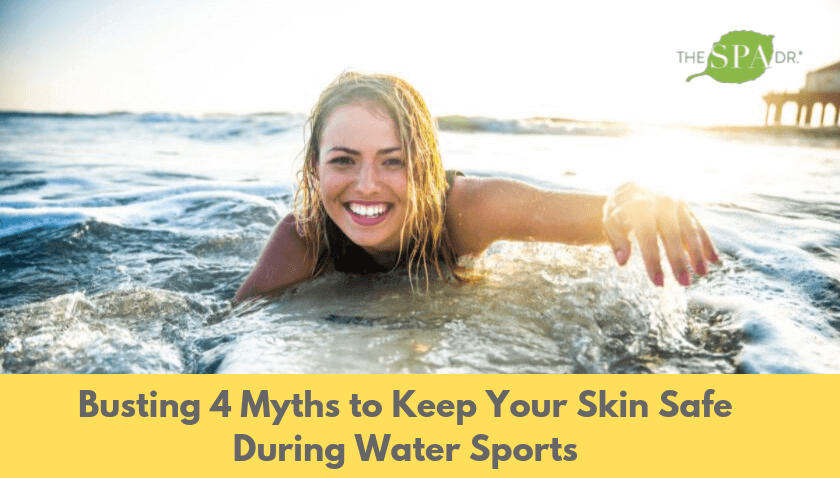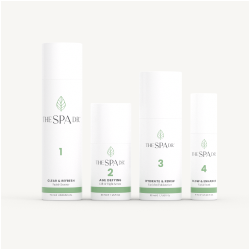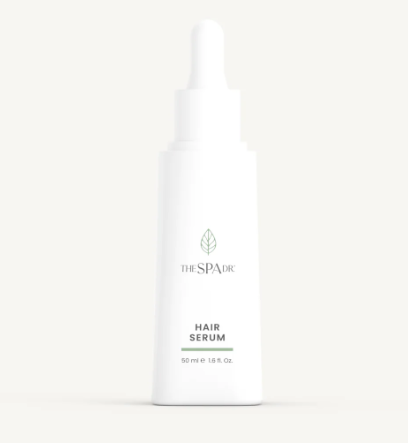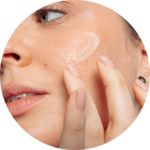One of the best parts of summer is splashing around in the water and spending time on the water. Swimming and other water sports such as water skiing are a refreshing escape from the heat and humidity. Kayaking is a great way to explore familiar territory with fresh eyes. And who doesn’t enjoy a relaxing boat ride to relax and reflect? Spending time at the ocean, your favorite lake, or cruising the river is highly rejuvenating, but it is important to protect your skin from the sun and the elements. Water sports invite many myths about skin care. Let’s debunk some of them so you can protect your skin and relish your time outside.
Myth #1: You will not get sunburned in the water
Many people believe that when they are submerged in water, they don’t need sunscreen. Water does not protect your skin from sun damage. In fact, you can actually get a sunburn faster when you are in the water. Part of this is because the surface of the water is reflective. Sunlight, including damaging ultraviolet rays, bounces off of the water and hits your skin. This leads to sunburn very quickly. If you are going for a swim, it is essential to cover your body from head to toe with a zinc oxide sunblock.
Myth #2: If you wear a high enough SPF sunblock, you do not need to reapply it
Sunscreens with a very high SPF run the risk of creating a false sense of security when it comes to sun protection. A high SPF number does not mean you are receiving extra protection for an extended period of time. The Skin Cancer Foundation recommends using a water-resistant, broad-spectrum sunscreen with an SPF of 30 or higher during outdoor activities like swimming and boating. In addition, they also suggest reapplying sunscreen every two hours and immediately after swimming.
No matter what number of SPF sunblock you are using, reapplying is essential to protect your skin from the sun during extended exposure. When choosing your sunscreen, make sure it is formulated without oxybenzone, which is found in many products with SPF. In 2008, the Centers for Disease Control reported that oxybenzone was found in the urine of 97 percent of people tested. Oxybenzone is also linked to allergic reactions and it is not recommended for use during pregnancy.
Myth #3: Waterproof or water-resistant sunblock doesn’t need to be reapplied
Many people use sunscreen or sunblock labeled “water-resistant” or “waterproof” and expect sun care to be a one and done activity. According to the Environmental Working Group, to make a waterproof or water-resistant claim, sunscreen needs to remain active for between 40 and 80 minutes. After that time, your skin is vulnerable to extended damage from UV rays. In addition, whether you are swimming or sweating, your sunblock will break down while spending time in the water. Always reapply sunblock after towel drying when you exit the water to protect your skin around the clock.
Myth #4 Sunscreen does not expire
As the seasons change, it is natural to pack away clothes and other seasonal items. When you are packing your beach bag away, don’t toss in your sunblock and plan on using it for years to come. It might seem cost-efficient; however, expired sunblock puts your skin at risk of harm. Active ingredients in sunblock break down over time, especially when they are exposed to extreme temperatures. If you are unsure of the purchase date of your sunblock, look for changes in consistency, including texture and smell. It also helps to write the date of purchase on the bottle in permanent marker when you purchase it.
Dive in!
Participating in water sports is an invigorating activity. Swimming is a healthy cardiovascular activity and is a great low-impact sport. More vigorous water sports can burn even more calories and are wonderful forms of cross-training. Plus, spending time in nature is a relaxing way to stay grounded, unwind, and clear your mind. Make it a habit to stick to a consistent sun routine, and you can protect your skin while having fun.









Reader Interactions